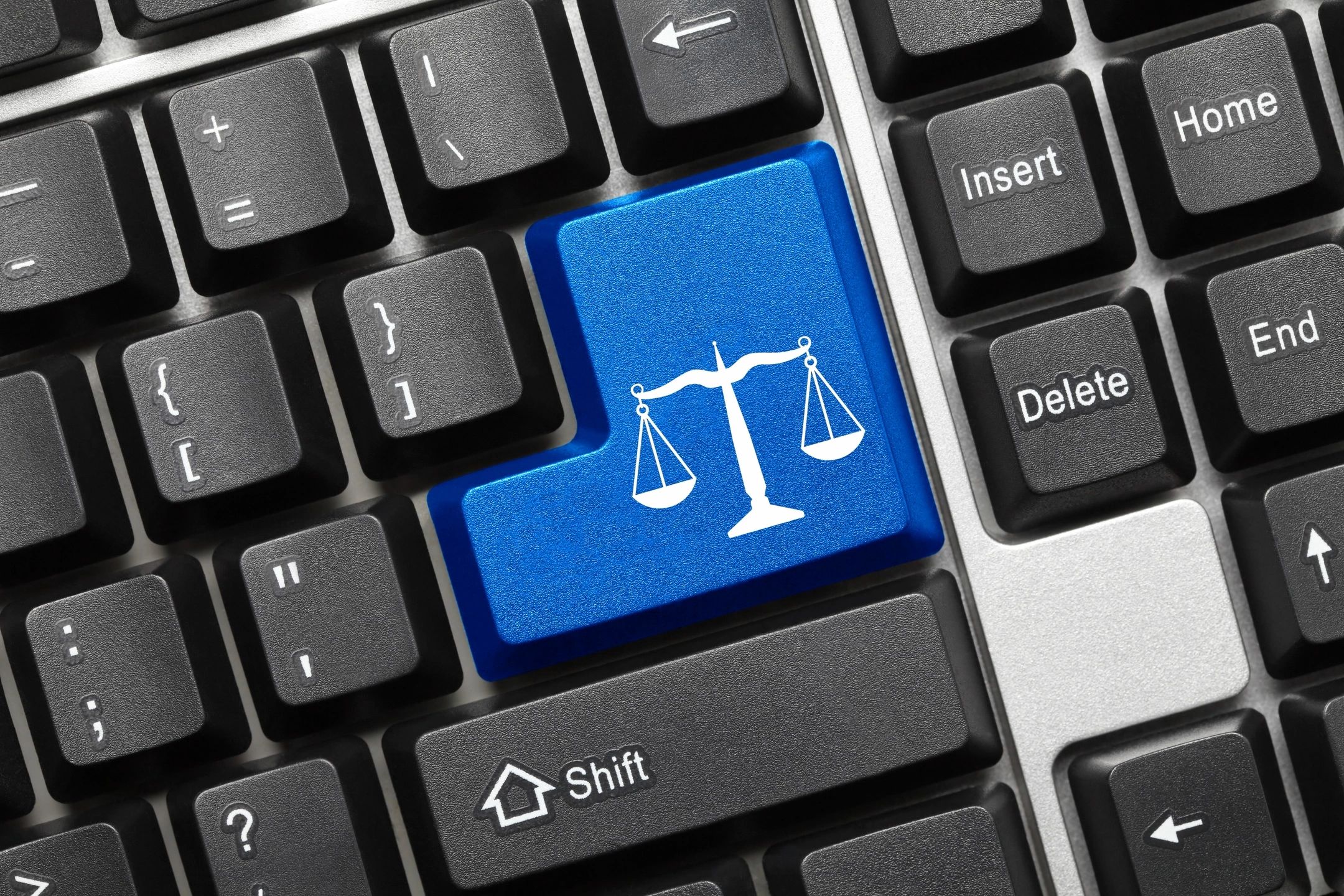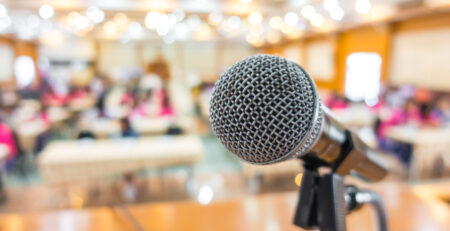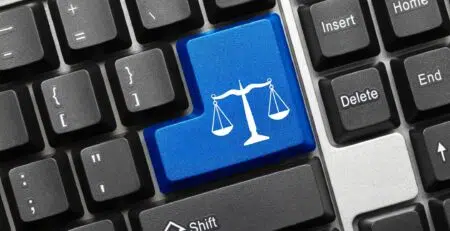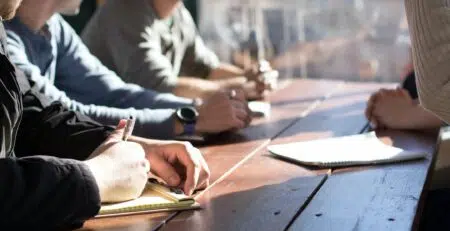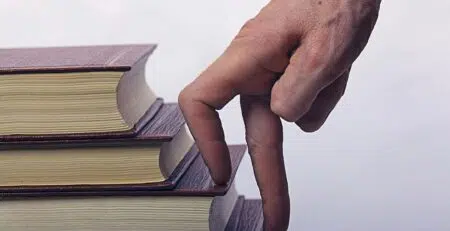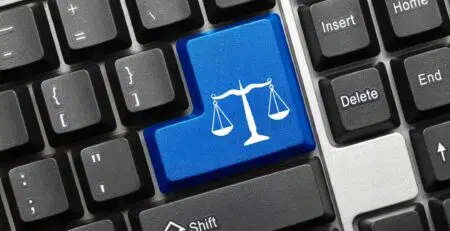Consideration and Protection to Avoid Copyright Infringement (Part 2)
When listening to a memorable song, or reading a well-loved book, the words invoke feelings and emotions, which are much more important to character creation and portrayal than the actual words that sparked those feelings and emotions.
But can a series of uncopyrightable words strung together, such as a book title, fall under any other type of protection? Is it possible to write a book called Harry Potter and the Stolen Franchise?
Trademarks
While the Harry Potter example could fall under parody law protection (more on this later), the two words “Harry Potter,” as well as how those words are portrayed (format, font, logo, artwork) might be protected by a trademark. Protection from this is common for successful franchises to protect the brand.
Trademarked words or phrases are signified with a ™ symbol for goods or a ℠ for services, which lets competitors know a trademark is claimed and/or in process. Once registered with the U.S. Patent and Trademark Office, only then can the ® symbol be used along with the name.
The Horror Writers Association, for example, recently registered a trademark of the phrase “Bram Stoker Awards” to protect the highly regarded name of the award from being used elsewhere, so it is now commonly referenced as the Bram Stoker Awards®.
Trademark laws do not allow for protection of individual book titles (or song titles, album titles, or any other creative title), but it does allow for the protection of a series. Examples include the Chicken Soup for the Soul, and franchises like Marvel, Star Wars, and the aforementioned Harry Potter series.
According to the U.S. Patent and Trademark Office (uspto.gov), applying for a trademark is a (rather lengthy) four-step process: application, examination, publication, and registration. A trademark can be “any word, phrase, symbol, design, or a combination of these things” to identify goods and services. “It’s how customers recognize you in the marketplace and distinguish you from your competitors.”
A common misconception is the legal ownership of words or phrases. When holding a trademark, the words or phrases are not protected in “general use,” but only when used for the registrar’s “goods and services.” Harry Potter, for example, would be protected from use in books and film and other relatable content, but would not stop someone named Harry from opening a pottery business under the same name since there wouldn’t be a conflict of interest, unless Harry borrowed / stole from the likeness of the Harry Potter franchise and planned to use it for gain.
Since book titles cannot be copyrighted, can they be trademarked? Not necessarily. If planning to write a 7-book series of Glimmering Casket novels, or potentially lengthy series based on the title alone, protection could be useful. But if planning to write a single book called Hope or something similarly common, the U.S. Patent and Trademark Office would most likely not approve the trademark.
As long as the creator of a work can prove they were the creator, and everything written is original, that is all that matters. If not the creator of the work and sources are not cited accordingly, then the writing could fall under plagiarism.
Plagiarism
The definition of plagiarism is to take another’s work (or even ideas) and pass them off as one’s own. Synonyms include appropriation, copying, piracy, stealing, and theft, all of which are hefty, equally troublesome accusations. There are four common types, all violations of honesty.
- Accidental: when misquoting or neglecting to cite sources, or unintentional paraphrasing of text by way of using similar words or phrases or structure without attribution; unintentional plagiarism incurs the same consequences as intentional.
- Direct: when copying another’s work word-for-word without attribution and/or without quotation marks; a deliberate and unethical use of another’s work.
- Mosaic: often called “patch writing,” this is when phrases are borrowed from source material and pieced together without using quotations or without citing; a type of paraphrasing (intentional or not) if too similar to the original.
- Self: while it is highly likely a writer would give themselves permission to use their own work, self-plagiarism, which is possible, misrepresents the author and misleads readers; the Peer Learning Advisor team at La Trobe states that, “Self-plagiarism happens when you reuse your own specific wording and ideas from work that you have previously submitted.” (1)
With nonfiction, quoting and citing material written by others is a common practice, but doing so needs to be handled correctly and formatted to current publishing standards. And With fiction, quoting material written by others is not allowed unless without first obtaining permission, usually involving both signed contracts limiting use and a fee.
The only way to legally plagiarize another’s work, in a sense, is by way of fair use or parody, but even that has limitations and must be handled with much precaution (and permission).
Fair Use / Parody
The Stanford University’s online Stanford Libraries define “fair use” as “any copying of copyrighted material done for a limited and ‘transformative’ purpose, such as to comment upon, criticize, or parody a copyrighted work. Such uses can be done without permission from the copyright owner.” Basically, fair use can be used as a defense against a copyright infringement claim. (2)
The term transformative is vague, but keep in mind that every year numerous cases are brought to court to determine what qualifies as fair use with plagiarism accusations. The definition of fair use is both ambiguous and highly open to interpretation, as designed.
Copying copyrighted material must fall under one of two categories:
- Commentary and Criticism: when commenting or criticizing a copyrighted work, fair use allows for brief reproduction to serve that purpose; this includes quoting lines from songs in a music review, lines from a book in a book review, or copying a few sentences of an article or essay to use in an educational manner—although doing so still has its limits and is not an open call to plagiarize.
- Parody: when ridiculing a well-known creator’s work by imitating that work in a comical manner; this typically includes extensive use of the original material to bring awareness to the original, such as with a song parody or a riff on another’s poetry—and to parody another’s work often requires permission beforehand.
The most popular parodist is perhaps “Weird Al” Yankovic. Along with creating original music, half his recorded songs are musical spoofs: “Beat It” and “Bad” by Michael Jackson (recorded as “Eat It” and “Fat”), “Like a Surgeon” by Madonna (recorded as “Like a Virgin), “Amish Paradise” instead of Coolio’s “Gangsta’s Paradise,” or “White and Nerdy” instead of “Ridin” by Chamillionaire and Krazie Brown, riffing on the popular chorus of “Ridin’ Dirty.”
“My parodies have always fallen under what the courts call ‘fair use.’” Yankovic states on his blog article called “The Gaga Saga” about asking for permission to record “I Perform This Way,” a parody of “Born This Way” by Lady Gaga, ”and this one was no different, legally allowing me to record and release it without permission. But it has always been my personal policy to get the consent of the original artist before including my parodies on any album . . .“ (3)
Worth noting is that “Weird Al” is not copying songs, he is satirizing them, which protects him from legal issues; and although he always asks the other musical artists beforehand as a courtesy), that does not mean he is not often sued for copyright infringement. He makes a profit off his songs, after all, and fortunately the artists he parodies typically see a large boost in sales of their own work after his renditions are released.
What falls under commentary and criticism? Consider articles and reviews published by places like Rolling Stone magazine, or places that offer book reviews such as Publishers Weekly. Brief quotations from copyrighted material may be used to provide the public a review (commentary and criticism) of original works.
For the typical writer, fair use and parody only applies in an educational or nonprofit setting, and only if the general public benefits by including snippets of copyrighted work (like this article). If publishing a book, essay, or any other written work that results in receiving payments of any kind, such as royalties, flat fees, advances, etc., this could mean trouble. (4)
Fair use and parody do not automatically qualify a work to be copied without permission. If a work is created and distributed for profit of any kind (not for free public consumption by way of commentary or criticism), protection against “fair use” and/or “parody” does not apply.
1. Whaite, Freya. “Self-Plagiarism: When Recycling Your Own Work Can Get You into Trouble.” MyLaTrobe. La Trobe, September 7, 2022. https://www.latrobe.edu.au/mylatrobe/self-plagiarism-when-recycling-your-own-work-can-get-you-into-trouble.
2. Stim, Richard. “What Is Fair Use?” Stanford Copyright and Fair Use Center. Stanford University, November 25, 2021. https://fairuse.stanford.edu/overview/fair-use/what-is-fair-use.
3. Yankovic, “Weird Al”. “The Gaga Saga.” Al’s Blog, May 7, 2011. https://alyankovic.wordpress.com/the-gaga-saga.
4. Stim, Richard. Getting Permission: Using & Licensing Copyright-Protected Materials Online & Off. El Segundo, CA: Nolo, 2022.
Michael Bailey is a Senior Editor and the Head of Developmental Editing at Manuscripts, LLC. He is a recipient and nine-time nominee of the Bram Stoker Award, a four-time Shirley Jackson Award nominee, and a multiple recipient of the Benjamin Franklin Award, along with over thirty independent publishing accolades. He has written, edited, and published many books. His latest is Righting Writing, a nonfiction narrative about dedication to the craft. He is also the screenwriter for Madness and Writers: The Untold Truth, a creative documentary series about writers. Find him online at nettirw.com, or on social media @nettirw.


